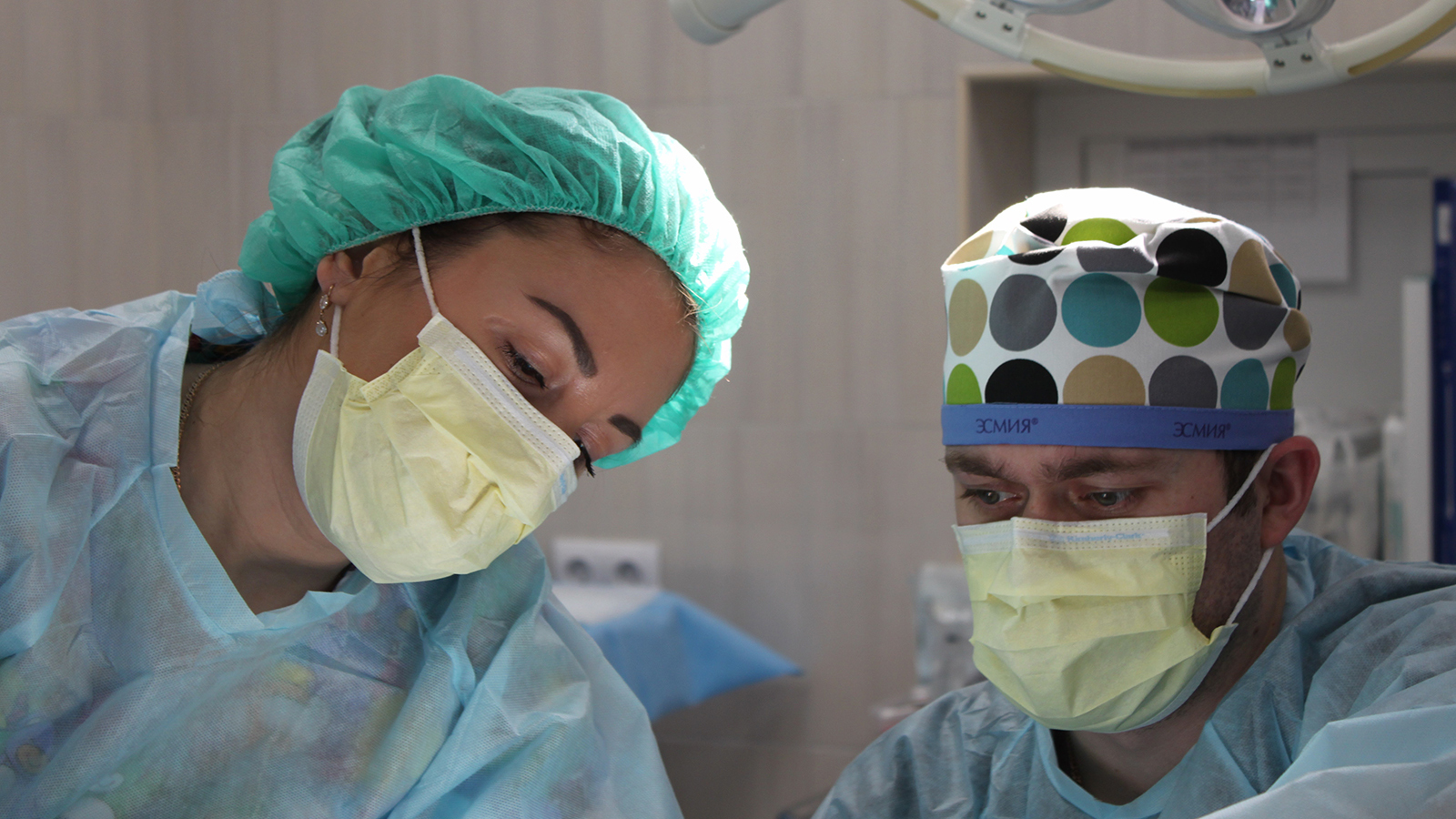Balloon sinuplasty is less invasive and more easily tolerated than functional endoscopic sinus surgery. | Павел Сорокин/Pexels
Balloon sinuplasty is less invasive and more easily tolerated than functional endoscopic sinus surgery. | Павел Сорокин/Pexels
• A new report finds that the market for sinus dilation devices is expected to grow by almost 3 billion dollars between 2021 and 2030.
• Those figures represent a compound annual growth rate of 10.8% from 2022 to 2030.
• Sinus dilation devices are used in balloon sinuplasty, which is quick and comfortable when compared to older sinus surgeries.
Dr. Mariah Pate of Tampa Bay Breathe Free Sinus & Allergy Centers said balloon sinuplasty is a quick, painless, minimally invasive procedure, especially when compared to older sinus surgeries, and it helps return the sinuses to their normal function.
"There's so many cutting-edge innovations in the world of sinus surgery. Over the years, we've perfected the art of sinus surgery and treatment options," Pate told Manatee Review. "I really enjoy it, and I think minimally invasive options are such a huge breakthrough in the field. For so many years, we did big sinus surgeries -- and for some people and some patients, that's still the right treatment plan. But now we have options for people with mild-to-moderate sinusitis who are able to have procedures done usually in the office, under local anesthesia, who do really well. One procedure that I utilize in my practice is called balloon dilation, or balloon sinuplasty. This procedure is unique because it takes the natural anatomy of the sinuses and augments it so people can breathe better."
According to a report by Globe Newswire, the sinus dilation device market was valued at $1.9 billion in 2021 and is expected to grow to $4.78 billion by 2030, a compound annual growth rate of 10.8%.
While chronic sinusitis is extremely common, doctors are increasingly turning to balloon sinuplasty procedures to treat it, citing its minimally invasive, highly effective nature. Procedures that use a balloon to dilate the sinuses are safe and effective and present a great treatment option for patients who have struggled to manage their sinusitis with medication.
The report predicted that medical companies such as Stryker would continue their research and development efforts to improve their sinus dilation devices, which will spur more demand for these innovative devices.
Chronic sinusitis is common in both adults and children, occurring when the lining of the sinuses is inflamed for three months or longer, according to Mayo Clinic. This inflammation can lead to uncomfortable symptoms, such as congestion, discharge, postnasal drainage, facial pain and pressure, headaches and earaches, a sore throat and fatigue. People with asthma or allergies also have an increased risk of developing chronic sinusitis, and doctors advise those who experience symptoms for more than 10 days to seek medical help.
A balloon sinuplasty procedure only takes 10 to 15 minutes, and patients typically recover within one to two days, according to Eisemann Plastic Surgery Center. Most patients can resume their normal activities within that time, though they may experience swelling for up to a week.
During balloon sinuplasty, a physician will insert a tiny balloon into the sinus and then inflate the balloon until the sinus reaches its optimal size. The process allows blockage to drain from the sinus passages, which are then flushed with a saline solution to remove any remaining bacteria or mucus.
"It's a pretty easy procedure for most people; it's done under local anesthesia, and people do really well," Pate said. "The way the procedure works is, I use a scope to find the natural openings of the sinuses. Then I use a balloon dilation device to go into the natural opening and open it so the air can flow. The sinuses can become more healthy and everything can drain the way it's supposed to."
For more information about sinus and allergy symptoms, take this Sinus Self-Assessment Quiz.



 Alerts Sign-up
Alerts Sign-up